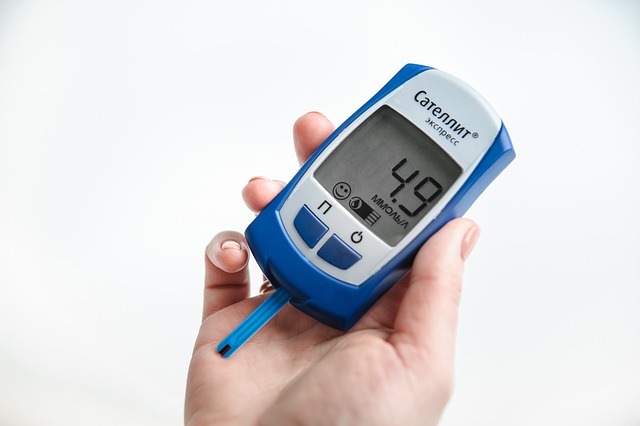Reading Labels
Food labels can provide valuable information about the ingredients and nutrients in foods. You can use labels to help you choose more nutritious foods when you go grocery shopping.
- They can help guide you towards more nutritious types of foods.
- They can help you decide which of two apparently similar foods or brands is healthier.
Nutrition facts panels contain a lot of information, but you do not have to read every single line for every single food. When appropriate, you might want to look for foods that are lower in:
- Calories - for weight control.
- Sugars - for blood sugar control.
- Saturated fat - for weight control, blood sugar control, and heart health.
- Sodium - for blood pressure control and often as an indicator of processed foods.
You also generally want foods that are higher in:
- Protein - for hunger control and blood sugar control.
- Dietary fiber - for hunger control, blood sugar control, and heart health.
Many foods do not have labels. In fact, the foods that make up a large proportion of your diet may not be packaged. These are, of course, vegetables, fruits, and proteins such as chicken breast and lean ground turkey. You can be confident that these kinds of foods are good choices, so it is okay to purchase them even though they have no nutrition facts panel.
Beware of Added Sugars
For the first time, the Food and Drug Administration (FDA) will require the nutrition labels on food packages to display added sugars. [1] This simple change is expected to prevent or delay millions of cases of diabetes and cardiovascular disease, improve quality of life, and save billions of dollars.

Sugar is a fair target for many reasons. Its consumption is linked to type 2 diabetes, as it challenges your body's insulin response and can eventually lead to high blood sugar. Did you also know that the more sugar you eat, the more likely you are to get high triglycerides, high blood pressure, and cardiovascular disease? That is before even considering that sugar often comes in a package with sodium and artery-clogging fats, which themselves are public health threats.
Total sugar is already listed on nutrition facts labels, so it is important to recognize the distinction between added and total sugars. A common way to describe sugars is to classify them as natural or added. Added sugars are those which are added to foods, often to sweeten them and sometimes to act as a thickener or preservative. White and brown sugar, honey, molasses, and corn syrup and high-fructose corn syrup are just a few of the many common types of added sugars.
Natural sugars are present innately in certain foods. Some natural sugars, such as fructose in fruit, are sweet. Others, such as lactose in milk and dairy products, are not sweet. Vegetables also have some sugars.
Natural and added sugars act the same in your body when they are the same time. That is, fructose in fruit acts the same as fructose that may be in a chocolate sandwich cookie. The main difference for health and diabetes prevention is often the package that contains the natural or added sugar.
Become a Pro!
If all this sounds like a lot, you are right... sort of. There is a lot to remember, from making a list to checking the weekly ads to reading labels in the store. On the other hand, it can become second nature if you practice it. You can even think of it as another habit that you are building as you use Lark DPP to establish a healthy lifestyle.











.webp)






